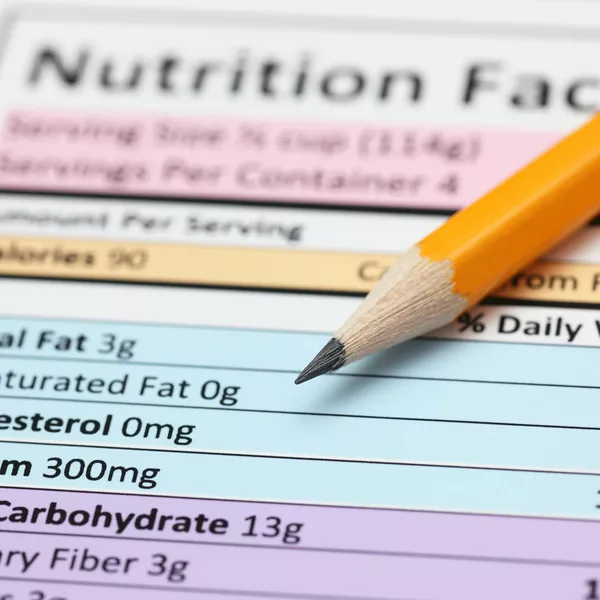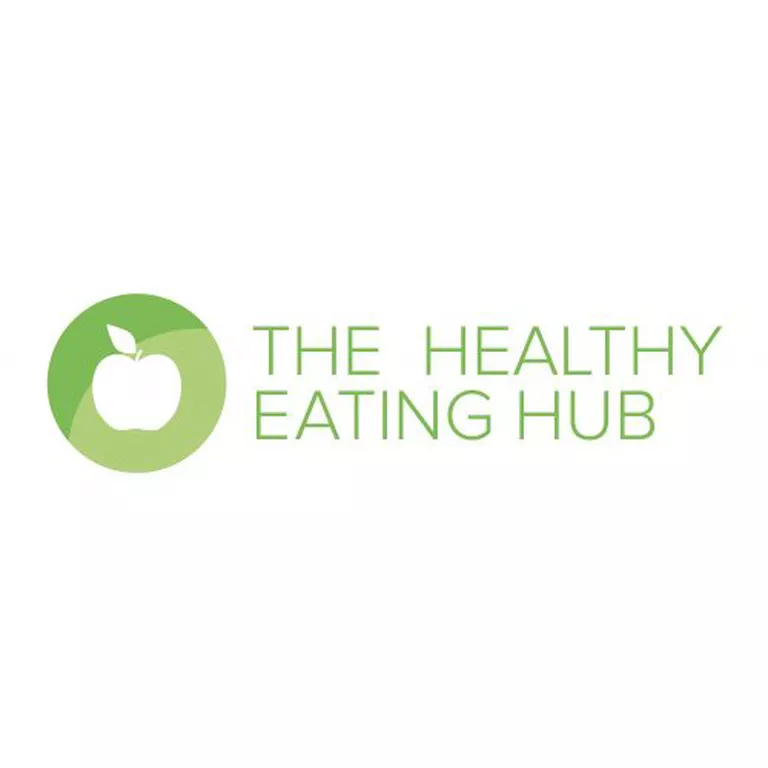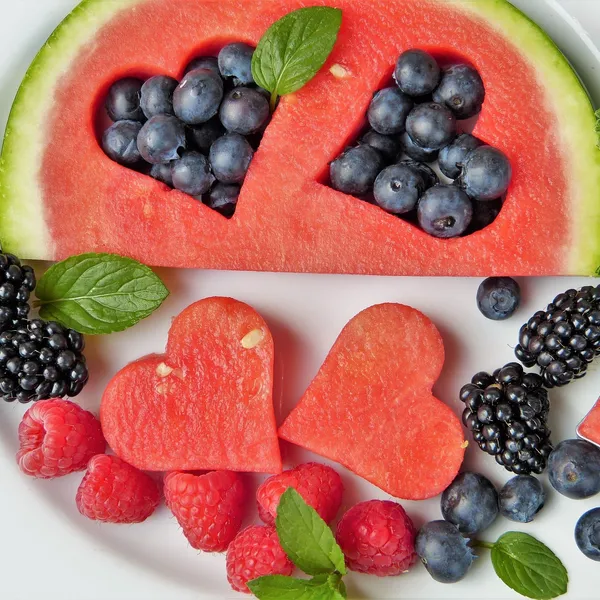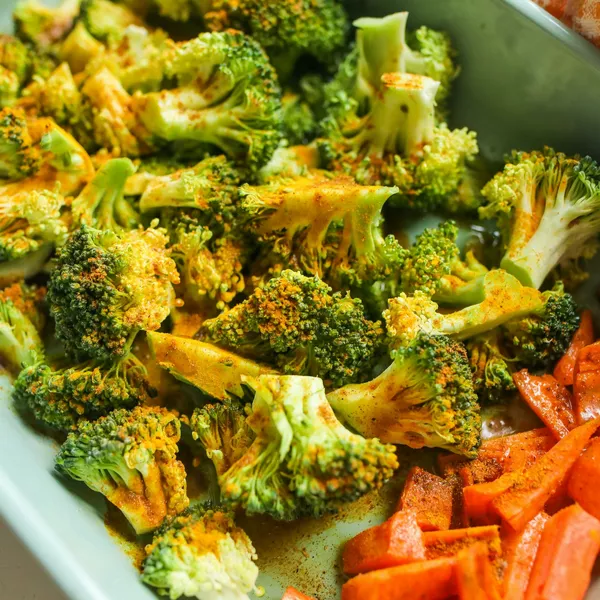
Nutrition plays a huge part in a person’s overall wellbeing and heart health, but one of the most confusing aspects of nutrition for the consumer is navigating a nutrition label. Most people aren’t taught how to interpret them, despite their importance.
How you read a nutrition label has a lot to do with the type of food that the label is describing. For example, is it a chocolate bar or a loaf of bread? Whether you’re consuming a core food or a discretionary food makes a big difference to how you’d ultimately interpret the food label and then decide on what to eat.
Core foods
Core foods are those found in the five main food groups and should make up the bulk of your diet: vegetables and fruit, legumes and grain, nuts and seeds, dairy, meat, poultry, seafood and eggs. All these foods can be a part of a balanced diet and should be consumed regularly for good health. Each group offers its own unique nutrients (vitamins and minerals) – eating a combination of food from all the groups ensures all-round good nutrition and a decreased risk of nutrient deficiency.
Many core foods come in a packet and as such contain nutrition information on the label. If the food is unprocessed, you really don’t need to worry about checking the label. Including a wide variety of whole, unprocessed foods in your diet every day is a vital key to good nutrition.
Core foods that you’ll find in a packet include:
- Some vegetables (tinned, packaged salads, frozen etc)
- Some fruits (tinned, pureed, dried, frozen etc)
- Legumes (tinned and dried)
- Grains (bread, pasta, oats, rice, breakfast cereals, crackers etc)
- Nuts and seeds (raw, roasted, crushed etc)
- Meat, poultry, seafood (raw, frozen, cooked, fresh, marinated etc)
- Eggs
When buying core foods, the best guideline to follow is to choose foods that are minimally processed. The less done to the food between the farmer and you, the better. For example, choose:
- chicken breast instead of chicken nuggets
- steak instead of sausages
- potato with the skin on instead of hot chips
- fresh fruit instead of fruit juice or products with added sugar
- plain milk instead of chocolate milk or ice cream
- natural yoghurt instead of confectionary-style yoghurt or custard.
If you’re buying a core food that has been processed, which is also ok, using the nutrition information panel can help you make an informed choice.
Check the label on these core foods
Processed and marinated meats, poultry and seafood products
- Sugar – Less than 15g per 100g is best. The lower the added sugar the better.
- Fat – Does the ingredients list contain added fat or oil? Choose the product with the lowest amount. The fat naturally occurring in meat is fine to consume in moderation.
- Sodium – Aim to find a product with less than 300mg sodium per 100g whenever possible.
Dairy products (yoghurt and cheese)
- Fat – Low fat does not necessarily mean high sugar. Check labels to be sure. Some products contain added cream, so check the ingredients list. The base amount of fat in full-cream milk and yoghurt is 4–5g per 100g. Anything more than this is added fat.
- Sugar – The base amount of sugar in milk and yoghurt is 4–6g per 100g. Anything more than this is added sugar.
Wholegrain products such as bread, pasta, rice, crackers etc
- Fibre – The more fibre the better. A product with more than 5g fibre per 100g is a good start.
- Sodium – Some products can have a high level of added salt. Find a product with less than 300mg sodium per 100g whenever possible.
Wholegrain products such as breakfast cereals, muesli bars and lunch box treats
- Sugar – Choose the one with the lowest amount of sugar. A product with less than 15g sugar per 100g is a good place to start.
- Fibre – Choose the one with the highest amount of fibre.
Remember: You don't build your whole diet out of these foods. When you're consuming a diet rich in whole foods, namely vegetables, a small amount of added sugar is ok. Being mindful of your choice and putting it into the context of your whole life will help you make a good decision.
Discretionary foods
Discretionary foods are foods that are available for us to eat but don’t fall into the category of core foods. Discretionary foods are energy dense (high in sugar and fat) and nutrient poor (low in vitamins, minerals and fibre). These foods shouldn’t make up the bulk of our diet as they make it easy to overconsume energy and subsequently put on weight over time. A diet consisting primarily of these kinds of foods also fails to meet our body’s nutrient requirements. A diet high in discretionary foods leads to a situation where we’re overfed but undernourished.
A nutrition label can make you aware of the energy content of what you’re eating and give you the information to make a mindful choice. If you don’t eat discretionary foods very often or they’re a rare treat, don’t worry about the label. Eat it, enjoy it and move on.
When eating discretionary foods, check:
- Energy – How much energy is this food going to add to your day? Be mindful that it may mean that you overeat on this particular day. This is fine to happen occasionally, but not every day.
More about nutrition labels


Nutrition labels: how to read them
A nutrition label has many different aspects, and trying to navigate through all the information can be a challenge. Here’s a breakdown of the nutrition information section of the label and what it means.
About the author
The Healthy Eating Hub
The Healthy Eating Hub is a team of university qualified nutritionists and dietitians who are passionate about helping people develop long term healthy eating habits through offering evidenced-based and practical nutrition advice that people can put into practice straight away.

More articles by The Healthy Eating Hub

Nutrition tips for managing type 2 diabetes
People with diabetes are up to four times as likely to develop heart disease as those without. If you have a family history of type 2 diabetes or have recently been diagnosed, the steps you take to either prevent or manage this disease are the same steps you’d take to decrease your risk of heart disease.

Understanding type 2 diabetes and nutrition – myth busting!
There are many misconceptions surrounding type 2 diabetes, especially in relation to diet. We’ve broken down some common myths and provide tips for new habits to start putting into action.

Alcohol and heart disease
It's said that drinking red wine is good for the heart – but does alcohol increase heart rate and blood pressure?

What is a Mediterranean diet?
Find out what a Mediterranean diet is, how it can help your heart health and overall wellbeing, and easy ways to incorporate it into your diet.

Nutritional benefits of cruciferous vegetables
Cruciferous vegetables like broccoli are packed with many health-boosting nutrients. Find out how you can easily include them in meals.

Easy school lunch ideas for little (and big!) kids
Coming up with lunch ideas to keep your kids interested and well-nourished is a huge challenge. Here are some tips for creating a simple, nourishing school lunch box.

